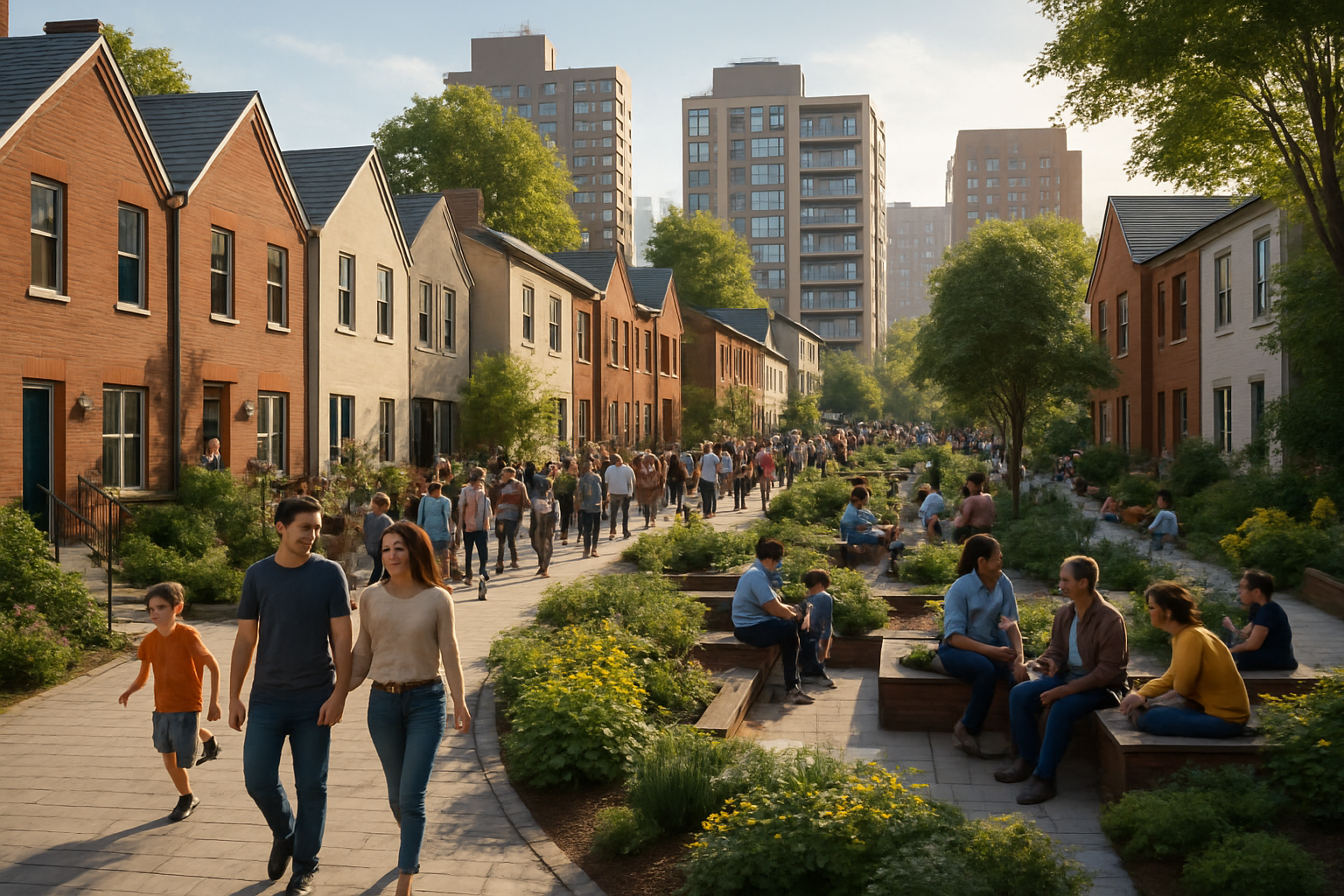Micro-Unit Living: Redefining Urban Real Estate
Introduction: In the heart of bustling metropolises, a revolutionary housing concept is taking root. Micro-unit living, once dismissed as a passing fad, is now reshaping urban real estate landscapes. With average apartment sizes in New York City shrinking by 8% over the past decade, these compact dwellings are becoming a viable solution to urban housing challenges.

The concept isn’t entirely new; Japan has long embraced compact living with its famous capsule hotels. However, the modern micro-unit movement in Western cities represents a shift in urban living philosophy, prioritizing location and efficiency over space.
Design Innovations in Small Spaces
Architects and designers are at the forefront of the micro-unit revolution, developing ingenious solutions to make these tiny spaces livable and even desirable. Multifunctional furniture is a cornerstone of micro-unit design. Murphy beds that transform into desks during the day, sliding walls that reveal hidden storage, and tables that fold into the wall are just a few examples of space-saving innovations.
Vertical space utilization is another key strategy. Lofted sleeping areas, floor-to-ceiling shelving, and compact staircases that double as storage units maximize every inch of these diminutive dwellings. High ceilings and large windows are often incorporated to create an illusion of spaciousness and bring in natural light, combating potential claustrophobia.
The Economic Impact of Micro-Units
The introduction of micro-units into urban real estate markets is having a significant economic impact. For developers, these units represent an opportunity to increase the number of rentable units in a single building, potentially boosting overall revenue. A study by the Urban Land Institute found that micro-unit projects can yield 5-15% more revenue per square foot than conventional apartments in the same market.
For renters, especially young professionals and students, micro-units offer an affordable entry point into desirable urban neighborhoods that might otherwise be out of reach. This affordability factor is crucial in cities grappling with housing shortages and affordability crises.
However, the economic benefits are not without controversy. Critics argue that micro-units may lead to increased population density without corresponding infrastructure improvements, potentially straining city services and resources.
Regulatory Challenges and Zoning Changes
The proliferation of micro-units has not been without obstacles. Many cities have had to reevaluate and update zoning laws and building codes that were not designed with such small living spaces in mind. Minimum square footage requirements, parking regulations, and occupancy limits have all come under scrutiny.
Seattle, a pioneer in the micro-unit movement, had to implement new regulations after an initial boom led to concerns about livability and neighborhood character. The city now requires design review for micro-housing projects and has set minimum size requirements for shared kitchen spaces in congregate housing models.
New York City launched a pilot program in 2013 to test the viability of micro-units, temporarily waiving zoning regulations to allow for the construction of units smaller than the previous minimum of 400 square feet. The success of this program has led to discussions about permanent changes to the city’s housing policies.
The Future of Urban Living
As cities continue to grow and evolve, micro-units are likely to play an increasingly important role in urban housing strategies. The COVID-19 pandemic has raised questions about the desirability of dense urban living, but early data suggests that the demand for city life remains strong, particularly among younger demographics.
Looking ahead, we can expect to see further innovations in micro-unit design and functionality. Smart home technology, which can automate and streamline daily tasks, is particularly well-suited to these compact spaces. Imagine voice-activated systems that adjust lighting, temperature, and even furniture configurations to maximize comfort and efficiency.
Community-focused developments are also on the rise, with micro-unit buildings offering extensive shared amenities to compensate for limited private space. Rooftop gardens, co-working spaces, communal kitchens, and fitness centers are becoming standard features, fostering a sense of community among residents.
Conclusion
Micro-unit living represents more than just a trend in urban real estate; it’s a reimagining of what constitutes a home in the modern city. As urban populations continue to grow and housing affordability remains a pressing issue, these innovative living spaces offer a potential solution that balances the desire for prime locations with the need for affordable housing.
While challenges remain, from regulatory hurdles to concerns about long-term livability, the micro-unit movement is forcing cities, developers, and residents alike to reconsider their assumptions about urban living. As we move forward, the success of micro-units will likely depend on thoughtful design, smart regulation, and a willingness to embrace new ways of inhabiting our increasingly crowded cities.





